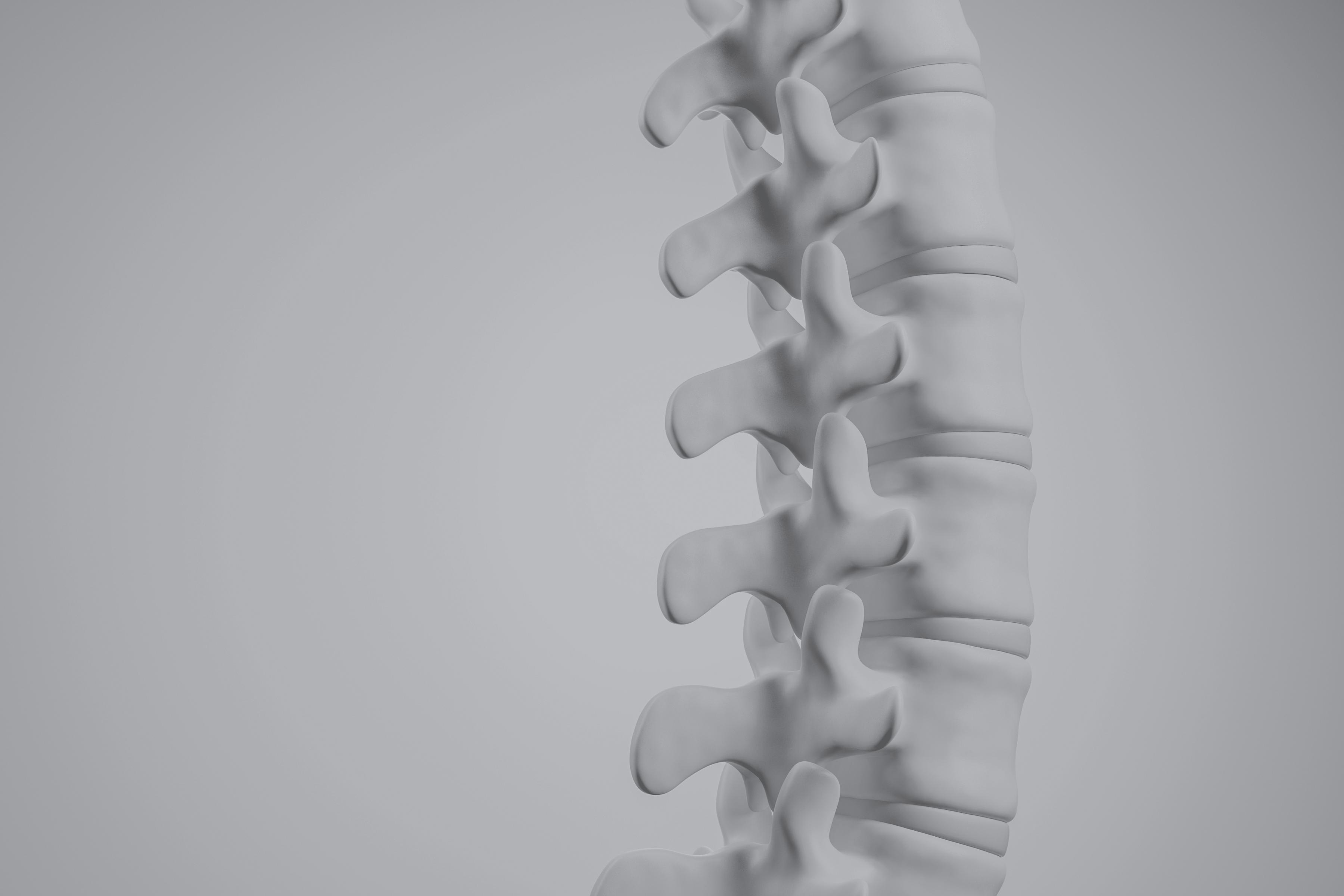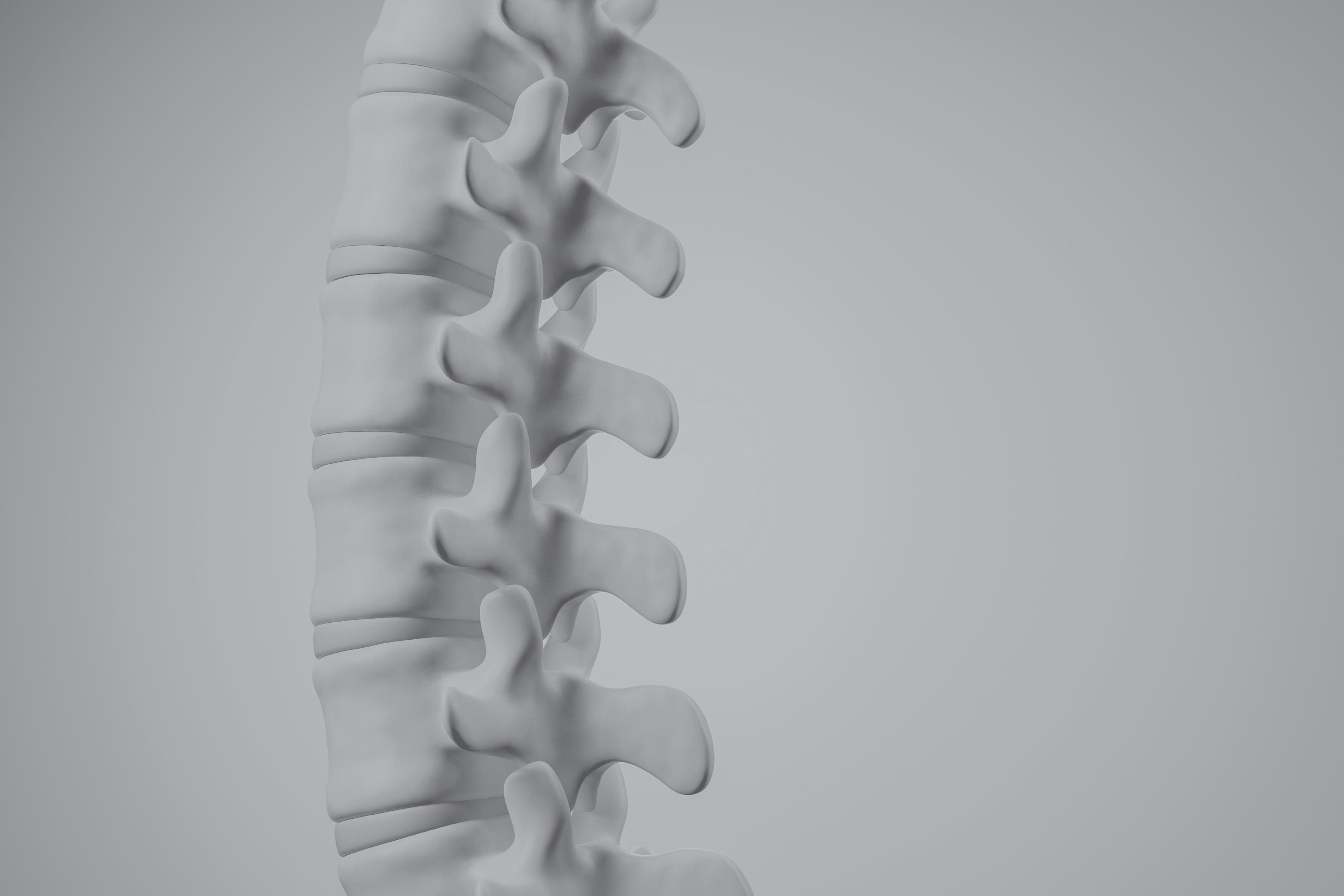VOCABULARY OF SURGICAL PROCEDURES
OTHER ABBREVIATIONS
ACKNOWLEDGEMENTS




It may seem weird to write a book on surgery for non-surgeons . Yet, it In the surgical management of spinal problems, three things are The first (and possibly most crucial) element is the In many (degenerative) cases, the indication depends, among others, on the nature and quality of conservative therapy being offered to the patient before surgery is even considered . as the physiotherapist and rehabilitation physician are inevitably part of a multidisciplinary team, they should at least be aware of the exact role of surgery, and know what surgery can and cannot achieve . vour of surgery has been made, preoperative optimisation of the patient’s condition, management of expectations and fears, perioperative guidance and postoperative management The latter includes the optimisation of coping, the optimisation of soft tissue healing, the management of misbalance and dysfunction and the gradual training towards activities and These objectives can be obtained through a combination of education and psychosocial guidance, exercises, manual therapy, ergonomic advice and psychomotor therapy, . In fact, postoperative physiotherapy does not necessarily differ from conservative therapy, but the therapist should be aware of the particularities and potential
Finally, when individual experts of different disciplines speak a common language and give the same messages to the patient during the entire pre-, peri- and postoperative process, a reassuring cloud of trust and positivism will surround the patient and the team and will reinforce the teamwork to achieve a good outcome
Where knowledge, skills and empathy have always been essential to any professional caregiver, multidisciplinarity – and, even better, interdisciplinarity – has become an indispensable virtue .
This little book is subdivided into chapters per spinal region, and covers most relevant pathologies for each region ulary of surgical procedures, which aims at improving the understanding of surgical terminology and appropriate communication among caregivers and with patients and rehabilitation physicians dealing with spinal problems tion, it serves as course text for the spinal surgery section of the truncus ‘Selected topics in musculoskeletal pathology’ physiotherapy curriculum how to the physiotherapist and aims at bridging the challenging gap be tween medical reasoning and the functional objectives associated with the International Classification of Functioning, Disability and Health Teaching young physiotherapists with one foot in medical practice and one in rehabilitation pushes the medical specialist out of his comfort zone and forces him to summarise his background knowledge and ex perience into clear, comprehensive and consistent concepts this book may bring a view that is somewhat more generic than usu al, original and maybe thought-provoking because medical literature is a very dynamic field, I deliberately did not include literature references, although I assure the reader that the insights provided are based on common evidence and in line with exist ing guidelines .
I sincerely hope this work can help the course participants, and physi otherapists and rehabilitation physicians outside the course, to better understand surgical reasoning in spinal pathologies and thereby cross the bridge somewhat more than halfway, because it is there that sparks may produce a wonderful fire that enlightens the entire field
Knowledge is not something you own. It is a gift you should relish, nourish, make tastier, or more abundant to pass it on to the next generation in the interest of humanity. If you hide it, you kill it.
Bart Depreitere
HISTORY OF SPINAL SURGERY
It is heartwarming that the first lumbar disc surgery in 1934 was performed by a neurosurgeon (Mixter) together with an orthopaedic surgeon (Barr) . What was formerly believed to be a chondroid tumour causing sciatica turned out to be a piece of normal disc extruding from the disc space representing a totally benign degenerative condition . Verbiest, a Dutch neurosurgeon, discovered lumbar spinal canal stenosis to be the cause of neurogenic claudication (Verbiest’s syndrome) in 1954, and proposed surgical laminectomy as treatment . Spinal arthrodesis development had a truly orthopaedic origin . Bone fusions using pieces of rib after removal of sick vertebral bodies became a successful surgical treatment for the often devastating Pott’s disease (spinal tuberculosis) . Hence, it was proven that bone fusion in the spine was feasible . On a different note, Harrington in the United States and Cotrel and Dubousset in France started to become successful in correcting severe malaligned curvatures in adolescent idiopathic scoliosis, thereby introducing the first metal hardware as a means of reduction and internal fixation . It consisted of rods and frames on the one hand, and wire and hooks on the other hand to fasten to the spine . Now it was only necessary to bring the hardware and bone fusion concepts from the pioneers together to create a story of greater success .
In 1973, Roy-Camille, a Parisian orthopaedic surgeon, introduced the pedicle screws for the lumbar spine and lateral mass screws in the cervical spine, setting the stage for shorter and more versatile constructs, and for surgical solutions in many more spinal conditions . Industry took over from here and was the real driving force for any later technical novelty: cages to replace discs and facilitate fusion, transmuscular minimal access technology, and most recently, endoscopy . Surgeons needed these innovations to further push the boundaries, eg . in deformity corrections, en bloc tumour removal, transnasal endoscopic odontoid surgery and other complex and challenging spinal pathologies.
CURRENT CONCEPTS ON THE ROLE OF SURGERY IN SPINAL MANAGEMENT
We should be well aware that the role of surgery in the management of spinal problems is rather limited . Surgery can play a role in a vast number of disorders, but when taking into account the overwhelming prevalence of axial pain problems in which surgery has little to no contribution, only a small proportion of patients are potential beneficiaries . Surgical help may be required in red flag pathologies and persistent radicular pain, however not in the large majority of neck and back pain problems that reflect a mechanical overload to a system with insufficient load bearing capacity. On the contrary, surgery in such cases may have a negative effect on pain, dysfunction and their spontaneous evolution when poorly applied, and it may be counterproductive in terms of the patient’s attitudes and beliefs . Therefore, surgery may eventually contribute to poor outcomes, called ‘failed back management syndrome’ (AKA failed back surgery syndrome) .
The triage system that is acknowledged in many international guidelines, and that was reinforced in the Belgian national low back pain pathway developed by the Health Knowledge Centre (KCE) and the Spine Society of Belgium in collaboration with all relevant stakeholders, offers the best possible guidance for case management . First, we screen for red flags . Red flags are indicators of potentially harmful conditions if not well recognised and treated, such as fever, weight loss, oncological history, sudden deformity, preceding trauma, etc . They have a rather moderate individual sensitivity, but when considered in clusters of meaningful stories (traumatic injury, tumour, infection …) the sensitivity rises significantly. In case of suspicion of a red flag situation, patients should be swiftly referred for further imaging (in an emergency or within days depending on the situation) and when confirmed, will end up in a specific pathway that may well include surgery (see further in this book) .
Once red flags are ruled out, we look for radicular pain, with its characteristic findings (pattern of radiating pain, provocable radiating pain, and possible associated neurological symptoms) . In radicular pain,
strength should be checked since considerable (< 4/5 on the MRC scale) recent (no more than a couple of days) loss of strength may be an indication for urgent surgical decompression, and hence, should be referred accordingly. If strength is accurate, the timeline comes into effect: acute (< 6 weeks) radicular pain should not be operated on because chances of spontaneous improvement are huge . Injections can be considered when pain is too intense while waiting . In the subacute stage, several options are possible: painkillers while awaiting natural improvement, additional physiotherapy, injections and surgical decompression . In chronic radicular pain, a surgical consultation is advocated in all patients in order to facilitate proper and well-informed shared decision making . Surgery may consist of pure decompression, but in some instances, more elaborate procedures (including arthrodesis) may be required . Psychosocial risk factors may play a role in decision making and consideration to include additional coaching and closer guidance of the patient .
Once radicular pain is ruled out, we arrive in the group of axial pain, again with a timeline . In the acute stage, emphasis is on reassurance, comfort and activation . From 2 weeks onwards, checking the risk factors for unfavourable outcome or chronification is advisable (STarT Back, Örebro) and patients with high risk factors should be offered physiotherapy. In subacute axial pain, efforts should be increased in order to avoid chronicity, titrating efforts based on the evolution of the discomfort and on the presence of risk factors . Inclusion in interdisciplinary rehabilitation programmes under the supervision of specialists in physical medicine may be required . In chronic low back pain, rehabilitation potential and risk factors should be carefully studied in order to direct patients to the best suited management pathways . Many patients with unused rehabilitation potential and low to moderate risk factors should be managed under the guidance of physical medicine specialists . Patients with low rehabilitation potential and/ or considerable risk factors are better off in pain clinics focusing on symptoms and support . There are some very selective indications for surgery in axial pain (see later in this book) under the condition that the rehabilitation potential is studied first and that the physical medicine specialists agree that surgery is the better option before proceeding to renewed rehabilitation .
The role of surgeons and surgery, as well as the role of any medical spe cialty and management modality, in pain and dysfunction of lumbar origin is very nicely outlined in the Belgian pathway (see www backpain .kce .be), and similar principles can be applied in cervical and thoracic spinal problems
THE FUTURE
We are not at the end stage of our capacity to understand and manage spinal problems . If we were, low back pain would not be the number 1 cause of years lived with disability should become a major objective and experience collected in the previous decades, we need to build a uniform multiaxial diagnostic framework for patients with axial pain and invest in the refinement and standardisation of diagnostic criteria, rehabilitation and surgical management elements as well as outcome measures in order to facilitate accurate comparison of study results and enable large(r) meta-analyses large prospective multicentre data repositories for comparative effec tiveness research that should allow us to identify treatments that work better than others . The tools and instruments exist for advanced data processing; now it is up to us to build high quality databases allel, fundamental lab research on degeneration may deliver clues for actual repair . Ideally, initiatives are governed internationally, because if we all keep doing our own little research, we will never reach the big objective . A challenging future is ahead of us











